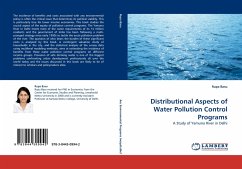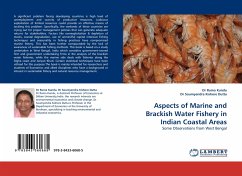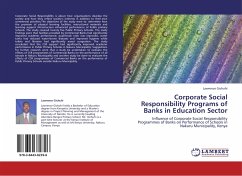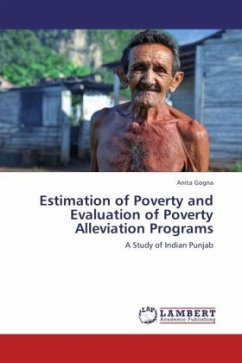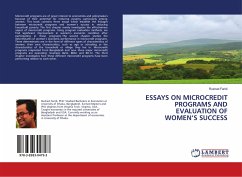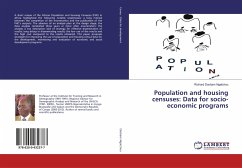The incidence of benefits and costs associated with any environmental policy is often the critical issue that determines its political viability. This is particularly true for lower income economies. This book studies the crucial aspect of the equity of pollution control programs. The Yamuna River in Delhi meets most of the water requirements of its 14 million residents and the government of India has been following a multi-pronged strategy since early 1990s to tackle the acute pollution problem of the river. The question of who bears the burden of these significant costs is analyzed by this book. A contingent valuation study of households in the city, and the statistical analysis of the survey data using multilevel modeling methods, aims at estimating the incidence of benefits from these water pollution control programs on different income groups. Provision of safe drinking water is one of the biggest problems confronting urban development professionals all over the world today and the issues discussed in this book are likely to be of interest to scholars and policymakers alike.
Bitte wählen Sie Ihr Anliegen aus.
Rechnungen
Retourenschein anfordern
Bestellstatus
Storno

